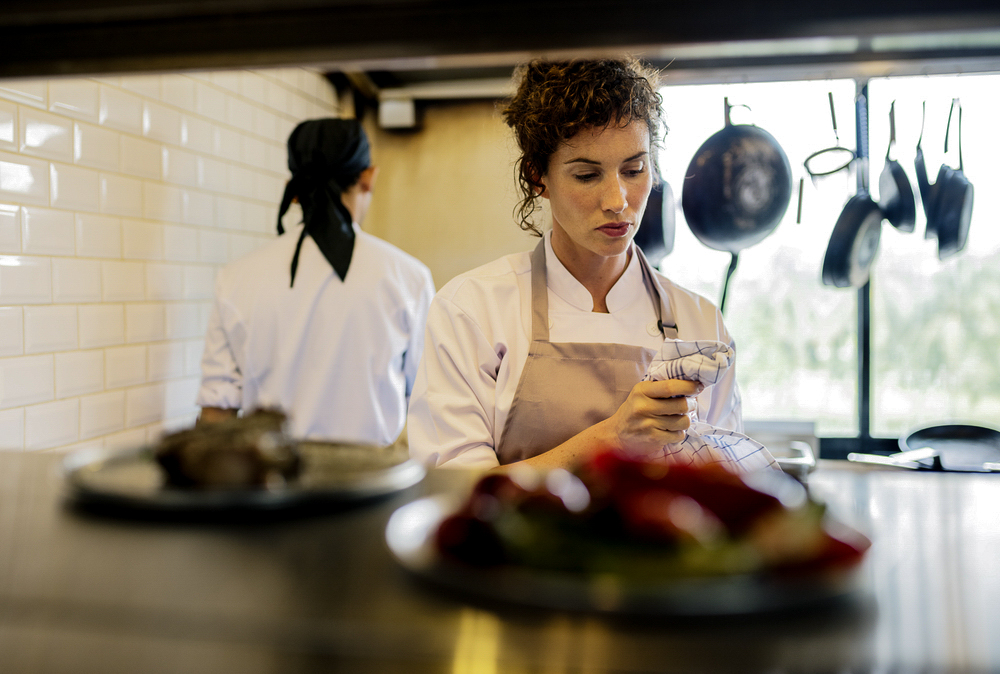
There’s no denying that coffee is an acquired taste, with people either loving it, hating it, or being somewhat indifferent. But even amongst those who love it, tastes can vary wildly; from those who want nothing but the absolute best brews, to those quite happy with regular instant coffee. And there is nothing wrong with not liking coffee, or with preferring the taste of instant. Everyone’s palate is different, so the complexity of tastes in a good coffee isn’t experienced the same.
Coffee aficionados understand that a multitude of factors influence whether a coffee is good or not. Good coffee impresses regardless of whether it is served as an unadulterated espresso, a latte, or even cold brew. And it stands out whether it is pressure-brewed or made using a French press, pour-over, or drip methods.
What Makes a Good Coffee Good?
Good coffee will always have a rich, strong aroma and depending on the beans and roast, you might describe it as fruity, nutty, or floral. The flavour–or taste–will perfectly balance acidity, sweetness, and bitterness, with a notable and pleasant aftertaste. All coffee is bitter, but this should never be the only taste you experience; it suggests the processing or storage were not ideal.
The Coffee Beans
As coffee has grown in popularity, so too has the use of terms such as single-origin and small batch roasting. And these aren’t marketing buzzwords; they do influence the quality of brewed coffee. Coffee is primarily grown in countries in Central and South America, Africa, the Middle East, and Southeast Asia. Single-origin means that the beans used to make your coffee come from a single country, and in some cases, a single farm. They have not been blended with beans from another country. This matters because the climate of the country can have a considerable influence on the flavour profile, along with the way the beans are processed after harvesting.
And as the name implies, small batch roasting means the beans are roasted in small batches. This matters because–done correctly–it enhances the complexity of flavours, and means the beans are fresher. The longer roasted beans are stored, the poorer the overall quality of the final brew. Whether beans from one country are better than another comes down to personal taste.
The Roast
The freshness of roasted beans is important, but the type of roast can also affect the quality of your coffee beverage. Roasts are typically described as light, medium, medium-dark, and dark. This influences acidity, sweetness, bitterness, and strength, and can benefit specific brewing methods. Light roasts benefit slow brewing methods, such as cold brew and pour-over, while dark roasts are best for fast brewing using an espresso machine or Moka pot.
The Grind
Just as the quality of the final brew can be affected by the roasted beans sitting around for too long, so too can the freshness of the grind. Oxidation and other environmental factors begin to degrade roasted coffee beans almost immediately. Unless frozen, vacuum packed, or stored in a container with a one-way valve, there is a noticeable difference to the quality of coffee made from beans roasted ten days ago and those roasted two or more months ago. And oxidation doesn’t stop once you grind the beans, so once again freshly ground coffee will have a superior quality to coffee made with beans that were ground two, three, or more days ago. There’s a reason your favourite barista grinds beans as needed.
But grind size also influences how you experience your coffee, with course grinds suited to coffee made using percolators, French press, and plunger pots. Fine and extra fine grinds are better suited to fast brewing in Moka pots and espresso machines.
Water Quality
Since most coffee drinks are still mostly water, the quality of the water will certainly influence the taste. Unless using an espresso machine with a built-in filter, using regular filtered water will result in a better-quality drink. However, you want to remove impurities and excess chlorine without filtering out all the minerals, so avoid distilled water or water treated by reverse osmosis. Using filtered water also helps prolong the life of coffee machines, and limits the build-up of limescale and other mineral deposits, which would all negatively affect the taste of coffee.
The quality of a good coffee is heavily influenced by the quality of the beans, the roast, and the water, along with the freshness of the beans and how well they have been stored. A great barista doesn’t only understand this, but also has intimate knowledge of the myriad other factors that affect the quality of brewed coffee. Which is why you hear people talking about their favourite barista as much as mentioning their favourite coffee spot.




